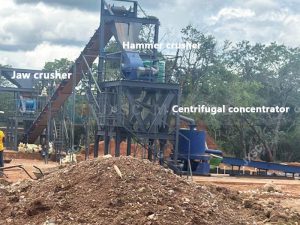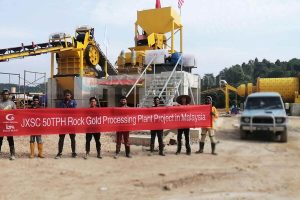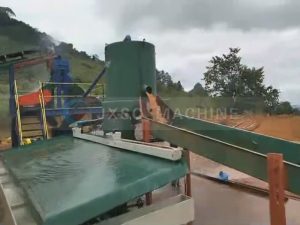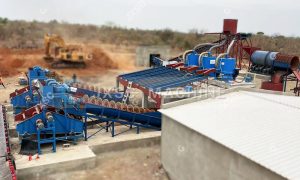5 Factors Affect the Shaker Table
The mining shaker table belongs to the flow film concentrator equipment, which is characterized by asymmetrical reciprocating motion. The shaker table is widely used for gold beneficiation, coal ash reduction and desulfurization.
Faced with the current trend of increasing fine coal content in raw coal, identifying the main 5 factors affecting the shaker table separation efficiency of the shaker table will help improve the mineral sorting.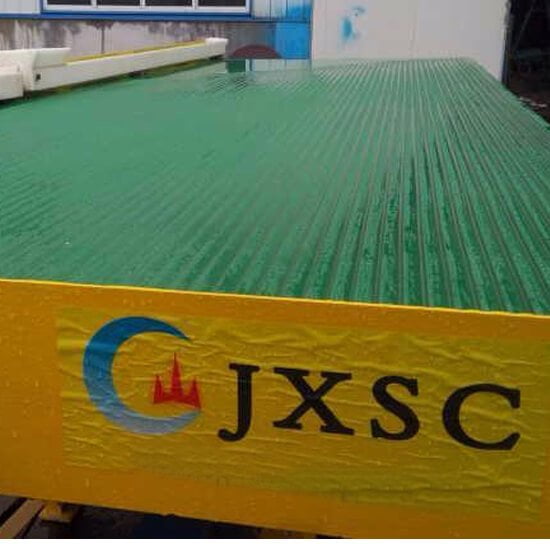
1. The motion characteristics of the table surface
The degree of asymmetry of the table surface motion is the main factor affecting the ore loose stratification and longitudinal transport. The greater the asymmetry of the table surface, the more favorable the longitudinal movement of the ore.
When selecting the ore slime, the adhesion between the fine particles and the bed surface is large, affects the longitudinal movement. The shaker with a large degree of asymmetry should be used. When selecting the coarse ore, a shaker with a slightly lower degree of asymmetry can be used. The ore particles are layered quickly, and heavy mineral particles can be quickly transported. The asymmetry of the table surface is adjustable.
2. Shape and size of the table strip
The height, spacing and shape of the bed strip affect the lateral flow velocity of the water along the table surface, especially the pulsation velocity formed in the groove.
The rectangular strip and the 6-S table strip have a high pulsation speed and can be used when selecting coarse sand and fine sand. The triangular strip, especially the grooved table, can form a pulsation speed which is suitable for use in fine sand or slime materials.
3. Stroke and frequency
The combined value of the shaker table stroke and the frequency determines the speed and acceleration of the table surface movement, and also has a great influence on the separation and stratification. In order to achieve a suitable degree of looseness in the shear movement, the bed surface should have sufficient speed of movement and appropriate positive and negative acceleration.
From the point of view of the requirements for transporting heavy minerals, the bed surface must have an appropriate positive and negative acceleration difference. If the stroke is too small, the ore particles are not loose; if the stroke is too large, the ore particles will be transported away when they are not layered.
The appropriate values for stroke and frequency are primarily related to the particle size of the selected material. When doing ore concentrating work, and the material is coarse, it should adopt a high stroke length low stroke frequency. Conversely, in the case of fine-grained materials, rough selection operations and small loads, small stroke length and high stroke frequency are used.
Appropriate strokes and frequency should be such that the material is well stratified and the selective transport capability is strong, which is determined by testing or by reference to the field experience of similar equipment.
4. Lateral slope and flushing water
The flushing water consists of two parts, mineral water and washing water. The flow velocity and slope of the flushing water mainly affect the lateral movement speed of the ore and the looseness of the ore layer. The lateral flow velocity and water depth of the shaker table affect the mineral movement speed, so it is important to adjust the table slope and water volume in the beneficiation production.
When handling coarse-grained materials, both large water volume and large slope are required, while the opposite is true when selecting fine-grained materials.
As for the same material, you can choose “high slope with small water volume” or “small slope with large water volume” to obtain the same lateral velocity. “High slope with small water volume” is more water saving, but the concentrate belt is narrower, not conducive to increase gold concentrate.
In summary, for coarse selection, it is better to adopt the high slope with small water volume operation, for concentrate selection, it is better to use small slope with large water volume.
5. Ore property
–Ore feeding amount. More feeding amount, concentrate grade is increased, but the recovery rate is reduced.
–Pulp concentration. higher ore concentration, higher processing amount, higher concentrate grade, lower recovery rate. The normal ore concentration is 15~30%. If the concentration of the ore is too high, sand may pile.
–The composition of the ore particle size. The shaker is suitable for processing the grade 3~0.037mm, and the ore should be hydraulically classified before being selected. If the ore volume is too large, the handling speed will decrease and the recovery rate will decrease, resulting in an increase in tailings grade and waste of resources.
–The density, particle size and shape of the ore supply will also affect the sorting effect of the shaker table. Spherical ore grains are easily washed away.
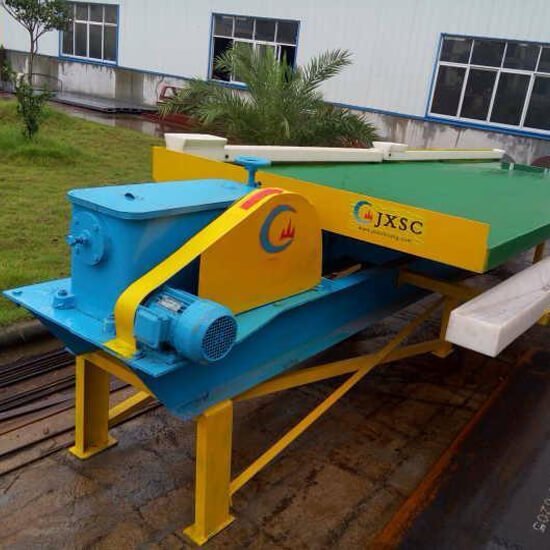
Products
More Posts
Send Us A Message
related solutions
- Placer Gold Process Plant
- Diamond Mining Process
- Silver Flotation Process
- Gold Flotation Process
- Gold CIL Processing Plant
- Gold CIP Processing Plant
- Dense Media Separation(DMS) Process
- Copper Processing Plant
- Lead Zinc Ore Processing
- Tungsten Ore Processing
- Magnetite Separation Plant
- Manganese Ore Processing
- Chrome Processing Plant
- Quartz Beneficiation Plant
- Phosphate Rock Processing
- Fluorite Ore Processing
- Tantalum Niobium Ore Processing
- Tin Ore Processing Plant
- Titanium Beneficiation Plant
- Graphite Ore Processing
- Hematite Separation Process
- Iron Ore Beneficiation Plant
- Kaolin Processing Plant
- Limonite Ore Dressing
- Lithium Processing Plant
- Magnetite Separation Plant
- Molybdenum Flotation Process
- Cobalt Ore Processing
- Nickel Ore Beneficiation
- Antimony Ore Processing
- Barite Ore Beneficiation
- Feldspar Processing Plant
- Coal Washing Process
- Beach Sand Beneficiation Plant
- Tailings Processing
- Chrome Wash Plant
